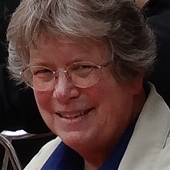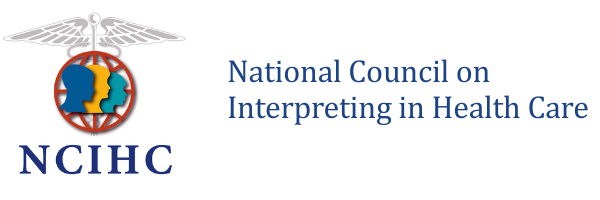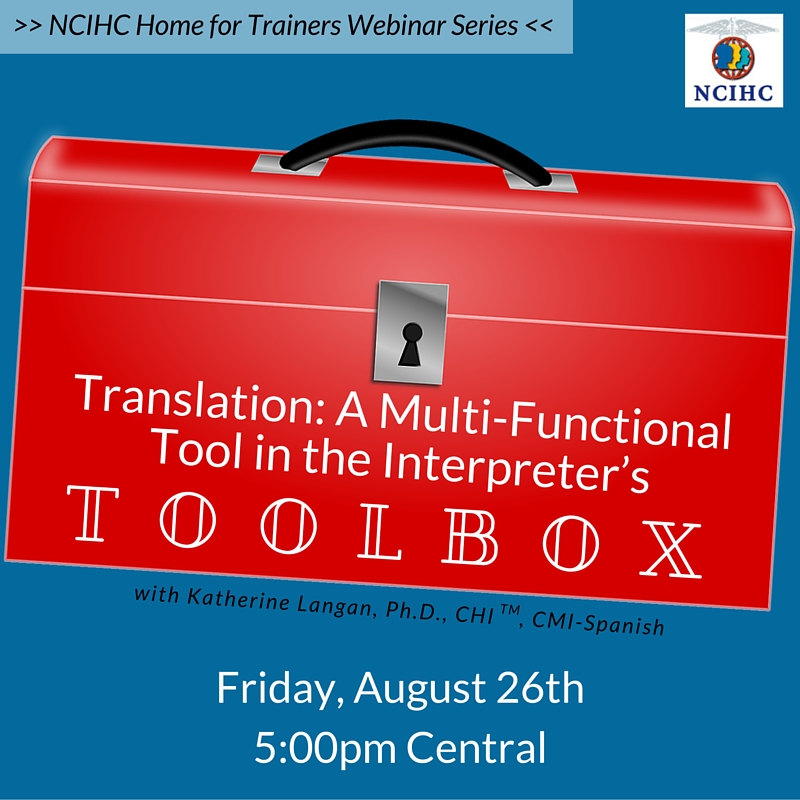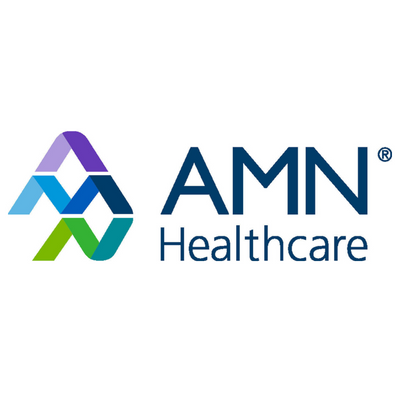-
I found the handouts and examples used to elaborate on certain points were spot on and helped me rethink my approach to teaching interpreters about translation. Excellent webinar.
-
Excellent presentation, informative and engaging.
-
I will be able to extrapolate quite a bit for training, thank you!
-
Thanks very much! You've given me some useful tools to offer established interpreters some new perspective. Lots to digest.
Translation: A multi-functional tool in the interpreter's toolbox
Interpreting, sight translation and document translating share the fundamental purpose of transmitting a message from one language to another. Healthcare interpreters, to varying degrees of frequency, are called upon to facilitate communication through each of these modes. As such, it is essential that training programs prepare interpreters with the skills necessary to successfully facilitate communication in each mode.
In this webinar for interpreter trainers, we will illustrate how the practice of translation can improve the interpreter’s sight translation and interpreting skills and provide the foundational skills needed for healthcare interpreters to facilitate communication through the written word. We will also touch on issues related to different levels of prominence of literacy between the US healthcare system and many LEP populations. We will provide additional resources related to written translation for trainers to consult in the process of adapting their own training programs.
Learning Objectives:
- Recognize key similarities and differences between the oral and written forms of a language and how these play out in interpreting, sight translation and document translation.
- Present techniques to incorporate translation skills into interpreter training or professional development.
- Provide hooks for addressing different levels of prominence of literacy among interpreter students or practicing professionals.
About the presenter:
 Katherine Langan, Ph.D. CHITM, CMI-Spanish, is a sociolinguist who has worked as a full time or occasional translator/interpreter since 1979. She earned her Ph.D. and M.S. at Georgetown University in Washington, D.C. She received her training in translation through SIL and has worked with various combinations of Indo-European and Mayan languages including English, Spanish, Poqomam, K’iche’, Kaqchikel, Koiné Greek and French, working with religious, technical, cultural, medical, legal, and commercial documents. She has been involved in the training of interpreters and translators both in the US and Guatemala since 1979. She has interpreted in legal, educational and medical contexts in both the U.S. and Guatemala and has also done conference interpreting. As an active member of the National Council on Interpreting in Health Care she is the Chair of the Standards and Training Committee coordinating the work of the Home for Trainers and co-chairing the Languages of Limited Diffusion Work Group and the National Standards of Practice for Healthcare Interpreters Work Group. She has researched and developed specialized training for interpreters working in speech language therapy contexts. She is launching a company to provide educational opportunities ranging from introductory courses to specialized topics for interpreters and consumers. She is currently learning German for the fun of it. Katherine Langan, Ph.D. CHITM, CMI-Spanish, is a sociolinguist who has worked as a full time or occasional translator/interpreter since 1979. She earned her Ph.D. and M.S. at Georgetown University in Washington, D.C. She received her training in translation through SIL and has worked with various combinations of Indo-European and Mayan languages including English, Spanish, Poqomam, K’iche’, Kaqchikel, Koiné Greek and French, working with religious, technical, cultural, medical, legal, and commercial documents. She has been involved in the training of interpreters and translators both in the US and Guatemala since 1979. She has interpreted in legal, educational and medical contexts in both the U.S. and Guatemala and has also done conference interpreting. As an active member of the National Council on Interpreting in Health Care she is the Chair of the Standards and Training Committee coordinating the work of the Home for Trainers and co-chairing the Languages of Limited Diffusion Work Group and the National Standards of Practice for Healthcare Interpreters Work Group. She has researched and developed specialized training for interpreters working in speech language therapy contexts. She is launching a company to provide educational opportunities ranging from introductory courses to specialized topics for interpreters and consumers. She is currently learning German for the fun of it.
|



 Katherine Langan, Ph.D. CHITM, CMI-Spanish, is a sociolinguist who has worked as a full time or occasional translator/interpreter since 1979. She earned her Ph.D. and M.S. at Georgetown University in Washington, D.C. She received her training in translation through SIL and has worked with various combinations of Indo-European and Mayan languages including English, Spanish, Poqomam, K’iche’, Kaqchikel, Koiné Greek and French, working with religious, technical, cultural, medical, legal, and commercial documents. She has been involved in the training of interpreters and translators both in the US and Guatemala since 1979. She has interpreted in legal, educational and medical contexts in both the U.S. and Guatemala and has also done conference interpreting. As an active member of the National Council on Interpreting in Health Care she is the Chair of the Standards and Training Committee coordinating the work of the Home for Trainers and co-chairing the Languages of Limited Diffusion Work Group and the National Standards of Practice for Healthcare Interpreters Work Group. She has researched and developed specialized training for interpreters working in speech language therapy contexts. She is launching a company to provide educational opportunities ranging from introductory courses to specialized topics for interpreters and consumers. She is currently learning German for the fun of it.
Katherine Langan, Ph.D. CHITM, CMI-Spanish, is a sociolinguist who has worked as a full time or occasional translator/interpreter since 1979. She earned her Ph.D. and M.S. at Georgetown University in Washington, D.C. She received her training in translation through SIL and has worked with various combinations of Indo-European and Mayan languages including English, Spanish, Poqomam, K’iche’, Kaqchikel, Koiné Greek and French, working with religious, technical, cultural, medical, legal, and commercial documents. She has been involved in the training of interpreters and translators both in the US and Guatemala since 1979. She has interpreted in legal, educational and medical contexts in both the U.S. and Guatemala and has also done conference interpreting. As an active member of the National Council on Interpreting in Health Care she is the Chair of the Standards and Training Committee coordinating the work of the Home for Trainers and co-chairing the Languages of Limited Diffusion Work Group and the National Standards of Practice for Healthcare Interpreters Work Group. She has researched and developed specialized training for interpreters working in speech language therapy contexts. She is launching a company to provide educational opportunities ranging from introductory courses to specialized topics for interpreters and consumers. She is currently learning German for the fun of it.